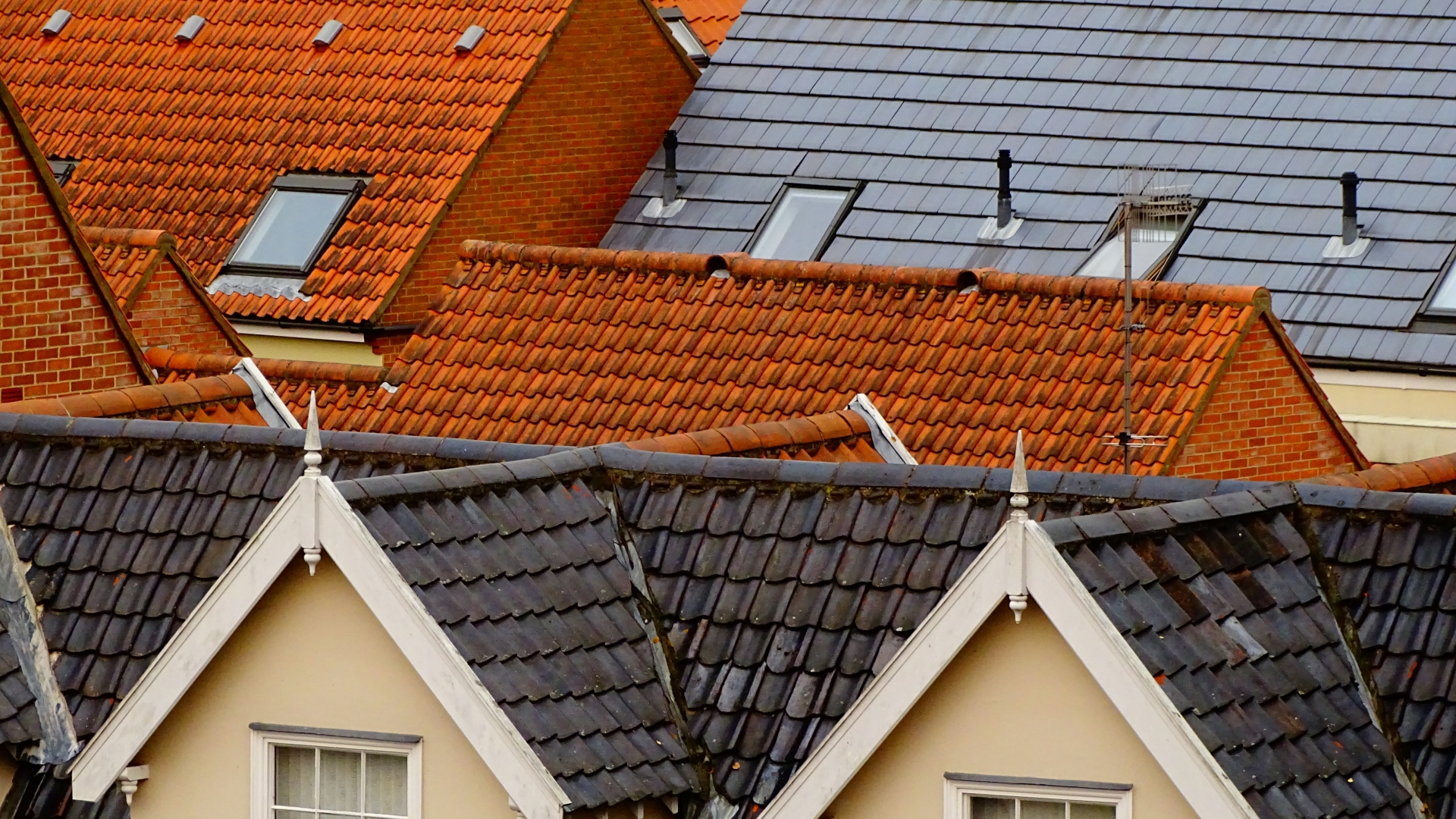As a homeowner, mastering the basics of plumbing can save you a lot of time, money, and stress. Knowing how to prevent leaks, recognize early signs of pipe damage, and appropriately maintain your fixtures is crucial.
Familiarizing yourself with key elements of your home’s plumbing system can equip you with the knowledge you need to minimize risks. It empowers you to take action before small problems balloon into costly disasters.
In our blog post, we dive into essential plumbing wisdom every homeowner should possess. They include invaluable tips and practical insights that you can apply in maintaining an efficient and well-functioning plumbing network.
Basic Plumbing Wisdom
Understanding your home’s plumbing system is essential for troubleshooting minor issues and knowing when to call professional help.
Plumbing Emergencies
Recognize your limitations. For complex tasks like water heater installations, turning to experts can avoid costly errors.
Prioritize safety: document plumbing lines before sealing walls, and empty traps before removing sinks.
Tips and Tricks
Silence loud pipes using adhesive-backed felt, and use a drain vacuum instead of plungers to remove stubborn clogs.
Flush toilets during projects using a bucket of water, and use a strong magnet to locate concealed pipes.
Becoming a Plumber
If considering plumbing as a career, a high-school degree suffices. Proficiency in math and algebra is key, with apprenticeships providing practical training.
Journeymen plumbers work independently but may require additional licensing depending on state regulations. With experience, they can ascend to Master Plumbers.
Unclog Slow Drains
Unclogging a drain may seem intimidating, but it’s often straightforward with proper knowledge. Here are some solutions:
| Method | Description | Instructions |
| Boiling Water | Dissolves grease and debris causing clogs. | Pour kettle-boiled water slowly into the drain. |
| Baking Soda and Vinegar | A natural cleaning mix. | Pour ½ cup baking soda, then 1 cup vinegar. Rinse with boiling water after a few minutes. |
| Dish Soap | Coats the pipe, assisting in clog breakdown. | Add ½ cup dish soap to drain, let sit for 30 minutes, then rinse with boiling water. |
| Plunger | Creates suction to dislodge clogs. | Remove standing water if present, cover opening with plunger, and create suction. Run hot water to check if unclogged. |
The efficacy of these techniques depends on the clog’s location. Surface clogs may be resolved with boiling water or a plunger, while deeper clogs might require a drain snake or chemical drain openers.
If you encounter persistent issues, contact a professional who can resolve complex problems causing stubborn clogs.
Check the Pipes
Your home relies on various types of pipes for plumbing needs. Recognizing these different pipes improves the management of your house’s plumbing.
PEX (Polyethylene Cross-linked Pipe): A favorite for water supply lines; it’s affordable, easy to install, and doesn’t compromise water cleanliness.
PVC Pipes: Used in Drain, Waste, and Venting systems; suitable for low-pressure, cold water applications.
- ABS Pipes: Similar to PVC, these black pipes are usually found in sink or tub drains.
- Copper Pipes: Popular due to their non-impact on water quality; their installation requires professional service.
- Galvanized Pipes: Common in older homes; less favored now due to corrosion and lead contamination concerns.
- PEX Tubing: Often color-coded: red for hot water, blue for cold water, white for either.
Note that repairing certain pipe types, like copper ones, demands professional help due to safety concerns and technical demands.
Drain the Water Heater
To keep your water heater running efficiently, regularly drain it to extend its lifespan and ensure effective hot water production.
T&P Valve Inspection
Inspect the Temperature and Pressure (T&P) valve by opening it part way and snapping it back into place. If water drains continuously, contact a plumber for valve replacement.
Drain, Refill, and Inspect
Empty the heater via a hose, refill, and inspect for leaks or damage. Preventative maintenance helps rectify issues before they escalate.
Annual Tune-Up
Seek annual professional tune-ups to keep your heater in prime condition. Plumbers can inspect, clean the burner, repair flues, and check for corrosion and leaks.
Winter Plumbing Wisdom
Letting faucets drip prevents pipe freezing by reducing pressure from ice inside pipes. When water freezes, it expands, possibly causing pipes to burst.
- Identify Vulnerable Pipes: Pipes in basements, garages, or against exterior walls are at higher risk due to inadequate insulation.
- Drip Faucets: A constant water flow minimizes pressure build-up, reducing the risk of freezing.
- Extra Measures: Insulate exposed pipes and maintain a minimum home temperature of 55 degrees Fahrenheit.
- Be Prepared: Know where your shut-off valve is located and how to safely thaw frozen pipes.
These preventive measures can lower the likelihood of pipe bursts during severe cold weather. More insights can be found at Forbes.
Monitor Water Pressure
Understanding your plumbing system’s pressure settings is crucial. They typically range between 30 and 80 psi. Check the air fill valve to diagnose low water pressure; adjustments may be needed if below 40 psi when drained.
- Maximum Pressure: Avoid exceeding your tank’s maximum working pressure.
- Tank Replacement: When replacing your tank, follow safety procedures like turning off the water and draining the tank before disassembly.
- Common Issues: Leaks, failed pumps, or poorly set pressure switches can lead to low water pressure. Regular maintenance is key.
- System Restrictions: Plumbing restrictions can lower flow rate. Identifying and addressing these can lead to efficient repairs.
Monitoring devices like Aqvify track water levels, pressure, and inflow in real-time, helping identify leaks and optimize water use.
Watch What You Flush
Knowledge about what shouldn’t go down your drain can avert plumbing disasters.
Items Not to Flush
Do not flush hygiene products, baby wipes, nappies, or cotton balls. Dispose of them in a trash bin.
The Three Ps
The only things you should flush are the ‘3 Ps’: Pee, Poo, and (toilet) Paper. Everything else should be discarded elsewhere.
Why Wipes Shouldn’t Be Flushed
Wipes are non-degradable and can clog sewer systems, blocking pipes and pumps, leading to expensive maintenance issues.
Consequences of Incorrect Flushing
Incorrectly flushed items can form masses in wastewater pipes, causing overflows into natural water bodies.
Proper Disposal
The best way to dispose of wipes and other non-flushable items is to put them in the waste bin. Use #WipesClogPipes to educate others.
Regular Maintenance Run
Your home’s plumbing requires regular maintenance. Older homes may need annual inspections, while newer systems might extend to two years.
If mature trees surround your house, consider inspections twice a year, as roots can damage water and sewer lines.
Preventive Maintenance Saves Costs
Periodic checks help prevent major issues. Repairing a sewer line can cost around $6,300, excluding additional damages.
Annual Inspection Areas
Inspections should include water shutoff valves, supply lines below sinks, and taps. Ensure no moisture accumulation inside or beneath appliances.
Final Plumbing Thoughts
Your home’s plumbing isn’t a mystery. With knowledge about unclogging drains, inspecting pipes, draining water heaters, and regular maintenance, you’re well-prepared.
Remember to consider seasonal wisdom and what not to flush. Always monitor your water pressure. View others’ experiences at Fergusons Plumbing.











